Along the southern shores of the St. Lawrence Estuary, between La Pocatière and Rivière-du-Loup, there are nurseries welcoming the larvae of two species of fish: the Atlantic Herring and Rainbow Smelt. They are important prey for several other species of fish, birds, and marine mammals.

All news
Modern Nautical Charts for the Lower North Shore The Canadian Hydrographic Service (CHS) has begun modernizing nautical charts covering the Lower North Shore by adjusting them. They will replace the current ones as they are published. 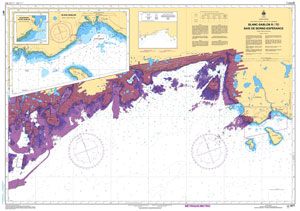
|
A Fisheries Act for the Future Since 2016, a vast nationwide consultation has given the general public, environmental groups, the industry and Indigenous groups an opportunity to share their opinions on the Fisheries Act and various amendments that could be made. Fisheries and Oceans Canada’s intent for this process is to support the conservation and protection of fish and fish habitats and the sustainability of fisheries. This will benefit communities. 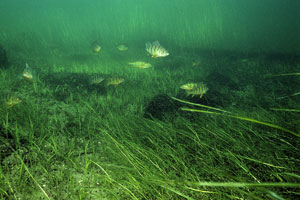
|
St. Lawrence Seaway: The Canadian Coast Guard's Winter Mandate Icebreaking and ice management are at the heart of the Canadian Coast Guard’s winter mandate. These critical services make it possible for vessels to navigate the St. Lawrence River year-round, a rather rare situation in northern countries. Operations include route assistance (escorting and freeing vessels, maintaining shipping channels, harbours and dock breakout), ice routing and information services, flood control and assistance with opening and closing the St. Lawrence Seaway. 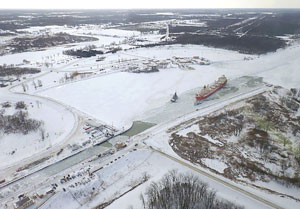
|
Oceans Protection Plan: Implementation of a New Marine Mammal Response Program The Oceans Protection Plan consists of a series of initiatives, including a new response program for marine mammals in the natural environment. The goal of the program: to train and equip fishery officers so they can respond effectively, safely and rapidly to incidents involving marine mammals. 
|
Better Planning for Better Protection: Analysis of Vulnerable Components of the St. Lawrence in the Event of an Oil Spill An oil spill is an unpredictable and damaging event, sometimes even catastrophic. When a spill occurs, responders have a host of issues to deal with, ranging from protecting human health and species at risk to marine safety, in a very brief span of time. Good planning and a strong network of collaborators are the keys to a successful response. That is why Fisheries and Oceans Canada has been involved for over two years in supporting teams responsible for planning for and responding to oil spills in Quebec. 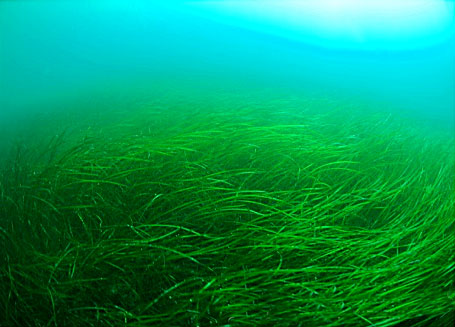
|
Kathryn Spirit: The Role of Environmental Response Officers The stabilization and dismantling of the vessel Kathryn Spirit are complex operations that have required and will continue to require considerable coordination among a number of federal, provincial and municipal stakeholders. The priorities of the Canadian Coast Guard and all its partners are first and foremost to ensure workers’ safety during the dismantling, to protect the environment and to communicate with partners and coastal communities. 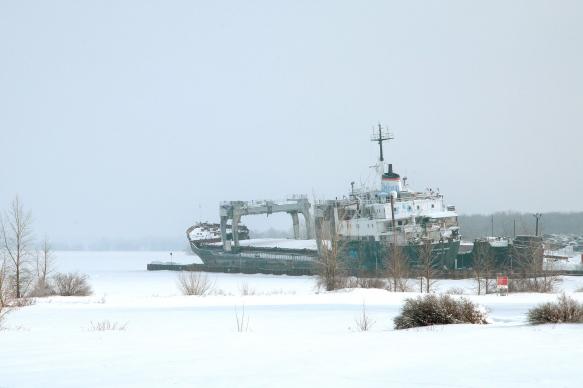
|
Commercial Fisheries — Preliminary Results, 2017 Season: New Record for Landed Value in Quebec For the fourth consecutive year, the commercial fishery landed value in Quebec set a new record. An analysis of the preliminary data for the 2017* season also reveals that shrimp, snow crab and lobster are still the main species landed and exported. The Gaspé Peninsula remains the most significant marine sector in terms of both value and landings. 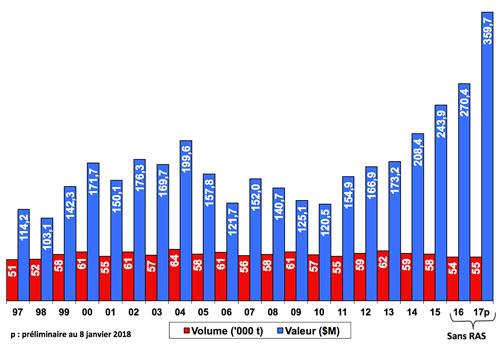
|
Learning About all Aspects of the St. Lawrence Since 2015, Fisheries and Oceans Canada has been financially supporting non-governmental organizations to help them collect, digitize, map and disseminate data on the St. Lawrence and its shorelines. 
|
Fish Nurseries in the St. Lawrence Estuary Under the Influence of Climatic Variations 
|
Artificial Reefs Under the Scrutiny of Fisheries Protection Biologists Since the summer of 2016, Fisheries Protection biologists have undertaken a systematic monitoring program of artificial reefs constructed in the Magdalen Islands, the Gaspé Peninsula, and on the North Shore. They conduct dives to see if the marine organisms use these reefs, and if the fauna and flora have adopted them as their habitat. In short, they want to assess and document the effectiveness and sustainability of these enhancements. 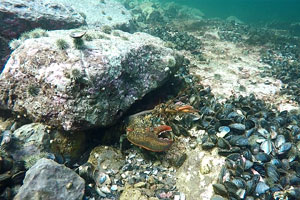
|